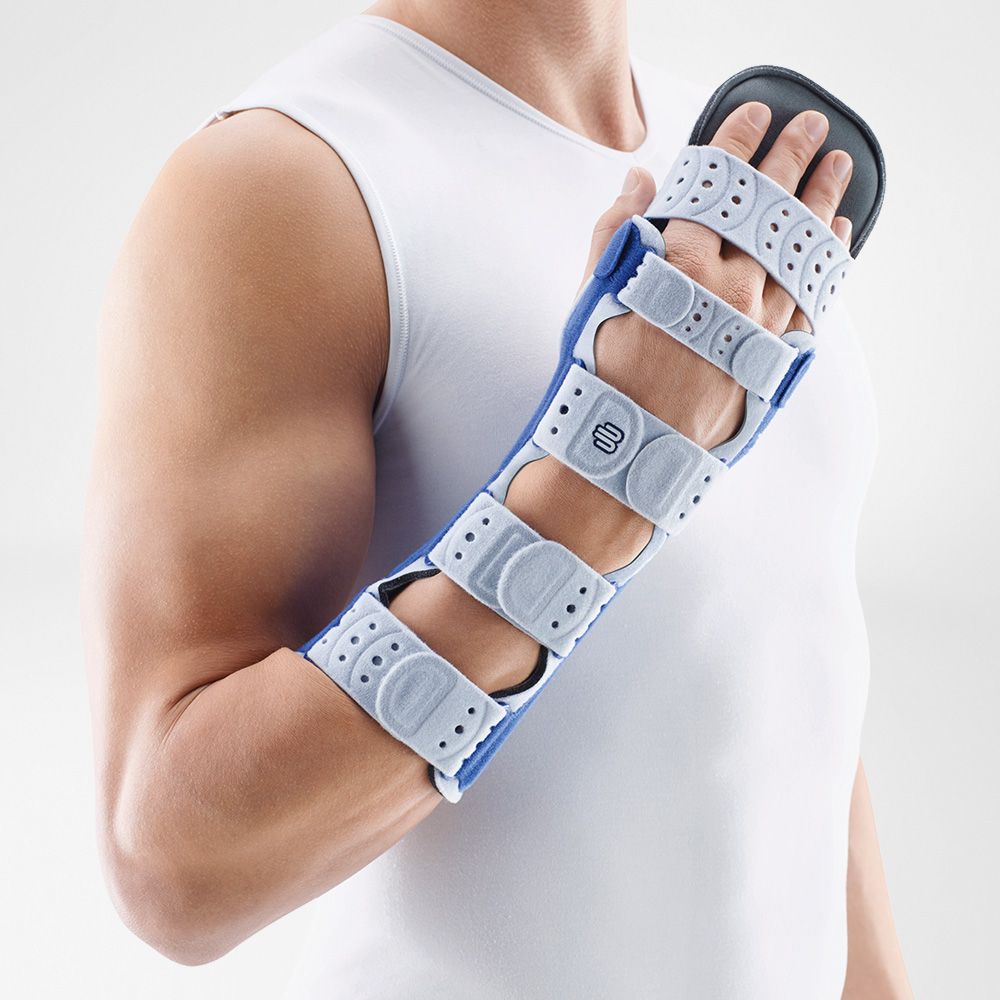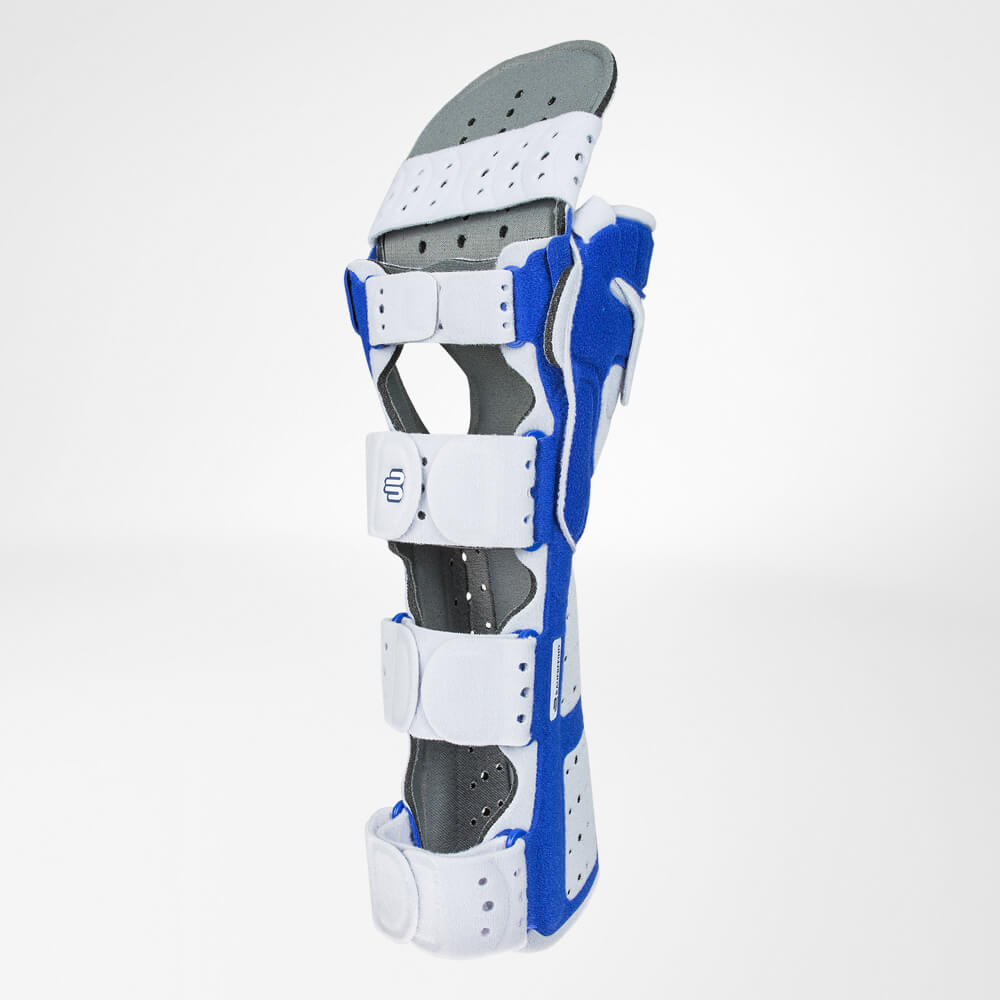Type 1 Diabetes: Also Known As Juvenile Diabetes
Diabetes mellitus, or simply known as diabetes, is a common condition which affects many and can be detected at a young age.
Patients suffering from type 1 Diabetes have little to no insulin produced by the pancreas unlike type 2 diabetes where there is enough insulin.
This lack of insulin reduces the body’s ability to absorb enough sugar, leading to severe consequences.
If the condition worsens over one’s lifetime, there are significant risks to major organs of the body including the heart, eyes, kidneys, nerves and blood vessels
Causes Of Type 1 Diabetes
In Type-1 diabetes, the body’s own antibodies attack the insulin-forming cells of the pancreas and effectively destroy them. This results in little to no insulin being produced in the body. Type-1 diabetes is yet to be definitely linked to a causal factor. However, scientists suspect some of them might include:
- Hereditary and congenital factors - which could explain the auto-immune response
- Certain environmental influences - which are suspected to play a role in developing diabetes, however, the link is yet to be clearly demonstrated
- Viral infections in mothers during the course of pregnancy
- Vitamin D deficiency in childhood
Type 1 Diabetes Symptoms
Typical symptoms of type 1 diabetes can be:
- Fatigue
- Abnormal weight loss
- Abdominal pain, nausea and vomiting with no apparent cause
- Dry or itchy skin
Exhaled air with a chemical scent (acetone smell)

If blood sugar levels aren’t regulated frequently overtime, using localised injections of insulin, there are significant risks of developing chronic symptoms including:
- Damage to tissues and internal organs
- Damage to nerves and blood vessels
- Significant risks of developing associated diabetic diseases including:
- Diabetic Nephropathy (damage to the kidneys)
- Diabetic Angiopathy (damage to the arteries) The increased sugar levels can erode arteries and soft tissue. The body responds by depositing proteins that calcify. As time progresses, these calcifications thicken and can lead to narrowing of the affected artery. This can damage the arteries and organs they supply in the long term.
- Diabetic Foot Syndrome: Diabetic foot syndrome is a serious complication that can be life-threatening. The condition is caused due to increasing neuropathy. Dry skin and a waning sensibility often result in undetected wounds, which in turn are exacerbated due to the circulatory disorder from diabetes. Further, the wounds can serve as an entry point for pathogens and infections and can result in sepsis.
- Reticulopathy (damage to the retina of the eye)
- Developing dementia (vascular dementia).
Diagnosis Of Type 1 Diabetes
A complete patient’s history is crucial to determine pre-existing risk factors of developing Type-1 Diabetes. Type 1 is relatively rare and occurs in only 5% of the population (as compared to type 2).
Doctors typically run a blood sugar test using a drop of blood to confirm elevated blood sugar levels as well as the low levels (or absence) of insulin. Doctors can also request a urine sample to test for glucose or chemicals produced in the body as by-products, due to the lack of insulin.
Treatment For Type 1 Diabetes (Juvenile Diabetes)
Unfortunately, type 1 diabetes is not curable. However, there are effective ways to manage the condition. Treatment primarily revolves around maintaining proper levels of insulin to balance the elevated sugar levels in the body. A good guideline to follow includes:
Knowing Your Body
It is important that patients measure their insulin levels regularly to gather as much information as to how activities and certain foods affect their blood sugar and insulin levels. The more information patients have, the better and more informed choices they can make to regulate the condition.
Regular Insulin Injections
In type-1 diabetes, the body produces insufficient or no insulin, hence it is imperative that patients maintain healthy insulin levels by relying on external localised injections of insulin. Typically, doctors start patients out on two injections a day. The amount might vary on a case by case basis.
Regulated Exercise

Exercise is very important in treating type 1 diabetes as physical activity can help regulate the blood sugar levels. Patients who regularly exercise and maintain a healthy insulin level (through the prescribed insulin injections) can effectively reduce the risk of developing secondary diabetic diseases.
Soft-Pad Insoles
Type 1 diabetes is often associated with sensitive feet and various foot deformities, which lead to increases in pressure.
Soft Pad Insoles: Prevent Diabetic Foot Syndrome

High-quality soft cushion insoles such as the ErgoPad soft diabetes help prevent diabetic foot syndrome by relieving the feet at critical points. The multi-layered structure absorbs excess pressure and distributes them evenly over the entire tread when walking. This effectively relieves pressure points on the heel and on the big toe joint, which are exposed to particularly high loads of stress when walking.
Regular use of the ErgoPad Soft provides comfort and relief to sensitive feet and can help minimise the chances of injury and by extension infections and diabetic foot syndrome. It is highly recommended patient’s use soft pad insoles for a healthy prognosis.







































